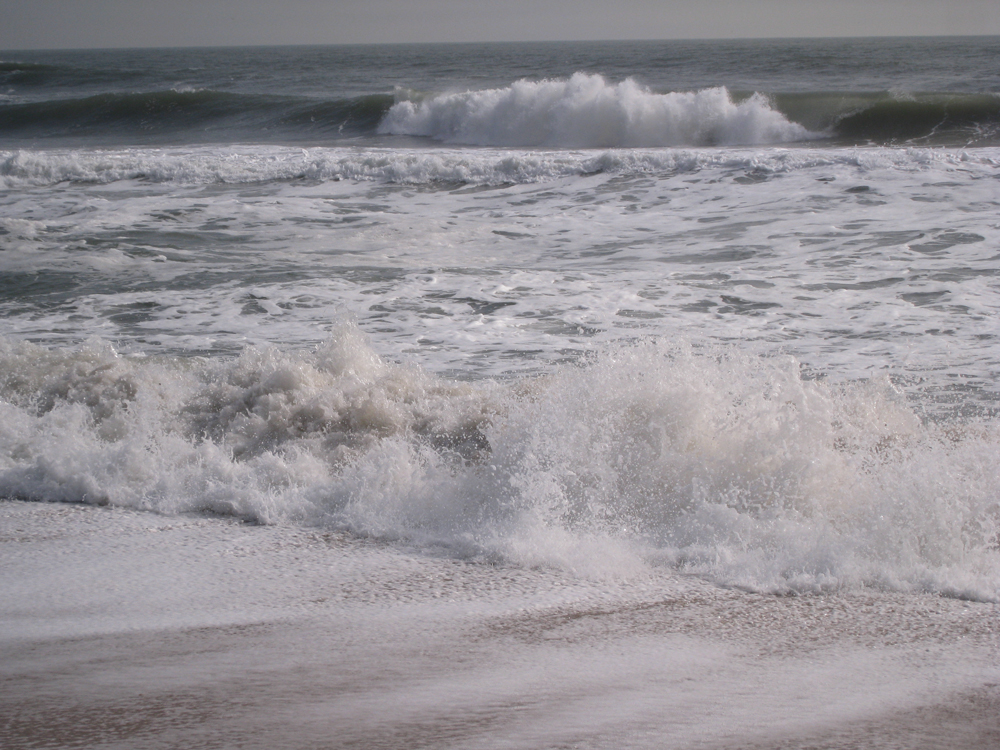Wave dynamics in near-shore environments play an important role in oceanic processes and shoreline change, but the breaking waves in these regions make it difficult for scientists to collect data and quantify wave behavior. Catalán et al. point out that looking at the radar wave scattering properties of these near-shore ocean waves can help scientists monitor surf zones at a safe distance from the hazardous waves.
To demonstrate the value of scattering data, the authors took 6 weeks’ worth of remotely sensed image and radar measurements from different stages of breaking near-shore waves. The authors found that waves at their breaking point emit scattering patterns akin to very rough surfaces. They also found that when waves are breaking, the scattering levels are constant and are not affected by factors such as wind or wave speed. These new findings will help scientists better distinguish the breaking wave “signal” from the “noise” and relate surf zone waves to the larger-scale currents and shoreline dynamics. (Journal of Geophysical Research: Oceans, doi:10.1002/2014JC009880, 2014)
—JoAnna Wendel, Staff Writer
© 2014. American Geophysical Union. All rights reserved.
© 2014. American Geophysical Union. All rights reserved.

